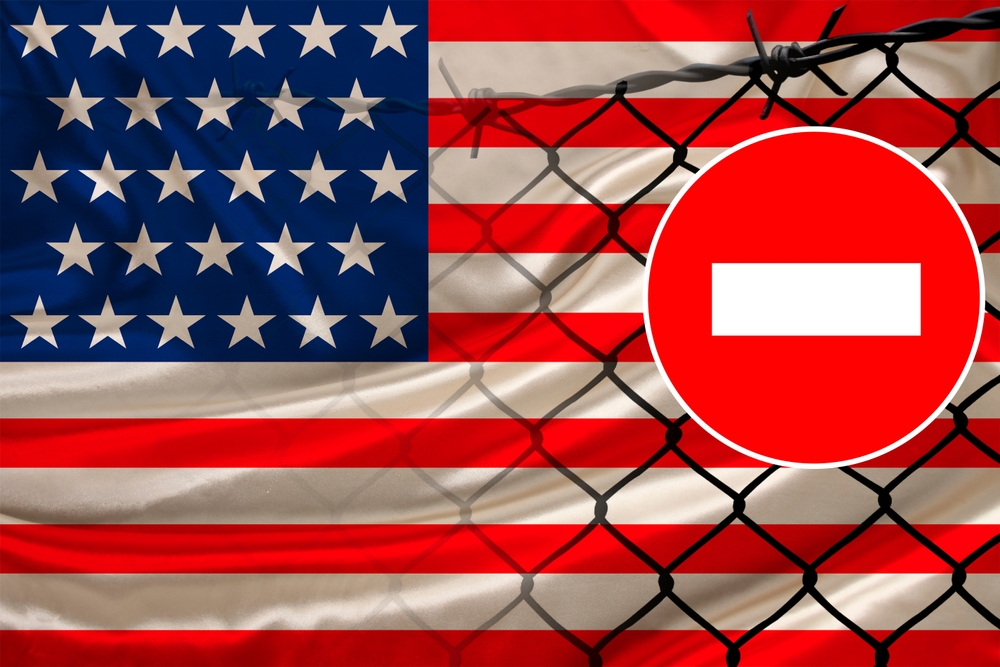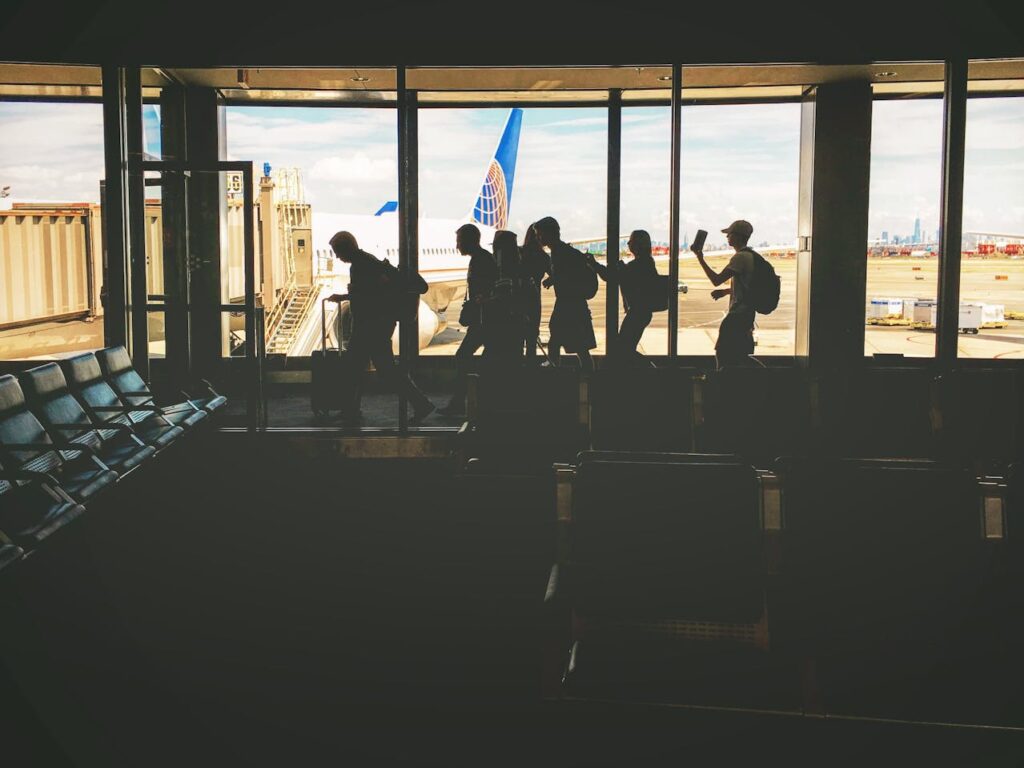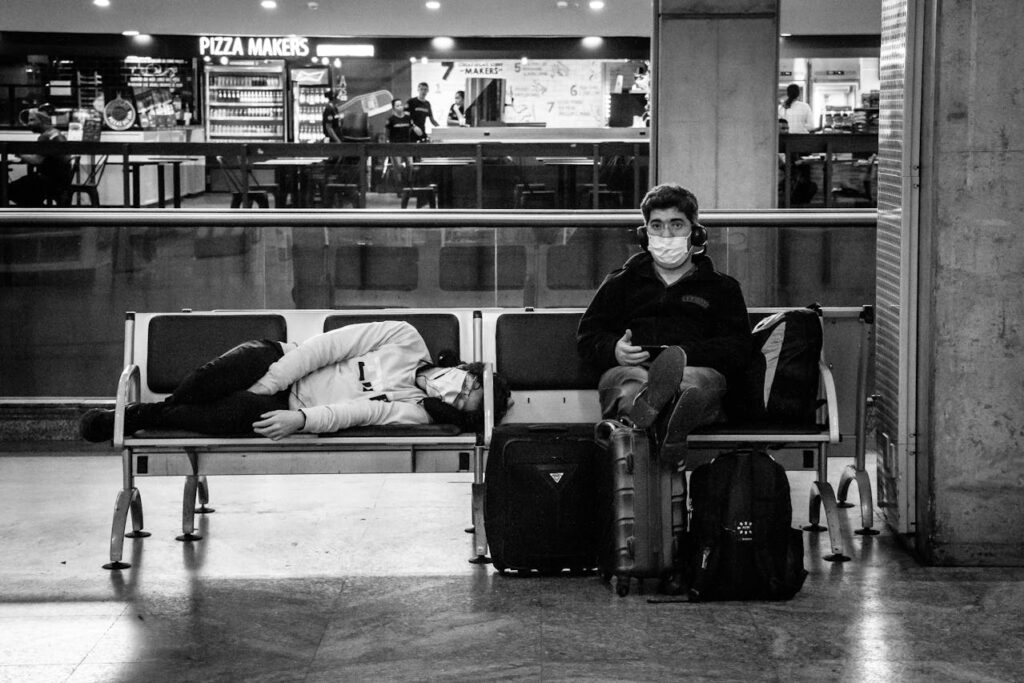Imagine packing your bags for a long-awaited trip, only to find out—overnight—that your destination has slammed the door shut. No warning, no explanation, just a sudden, sweeping restriction that leaves you stranded in uncertainty. It’s a feeling many travelers know all too well, whether from past political tensions, health crises, or shifting immigration policies. Now, reports suggest that the U.S. may be gearing up for another major travel shake-up.
According to The New York Times and Reuters, the U.S. government is considering a travel ban on citizens from 43 countries, including Russia. While details remain scarce, the proposal reportedly stems from concerns over national security and immigration enforcement. If enacted, this would mark one of the most expansive travel restrictions in recent history—potentially reshaping global mobility, diplomacy, and personal travel plans for millions.

What We Know So Far: Draft List of Banned Countries
In a recent move by the Trump administration, a draft proposal has been developed targeting citizens from 43 countries with varying degrees of travel restrictions to the United States. This list is categorized into three levels—Red, Orange, and Yellow—each representing a different severity of travel restrictions.
Red List: Total Ban on Travel
Citizens from the following 11 countries face a complete ban on travel to the United States:
- Afghanistan
- Bhutan
- Cuba
- Iran
- Libya
- North Korea
- Somalia
- Sudan
- Syria
- Venezuela
- Yemen
These countries have been placed on the “red” list due to significant security or diplomatic concerns, and as such, their citizens would be flatly barred from entering the U.S.

Orange List: Severe Visa Restrictions
The “orange” list includes countries whose citizens will face sharply restricted visa issuance policies. Visas may still be granted to certain individuals such as affluent business travelers, but are generally restricted for those traveling on immigrant or tourist visas. Additionally, mandatory in-person interviews will be required for visa approval. The countries on this list include:
- Belarus
- Eritrea
- Haiti
- Laos
- Myanmar
- Pakistan
- Russia
- Sierra Leone
- South Sudan
- Turkmenistan

Yellow List: Conditional Travel Status
Countries on the “yellow” list have been given 60 days to address specific concerns related to their vetting and screening processes. If these issues are not resolved within the stipulated timeframe, more severe restrictions could potentially be applied. The countries under this category include:
- Angola
- Antigua and Barbuda
- Benin
- Burkina Faso
- Cambodia
- Cameroon
- Cape Verde
- Chad
- Republic of Congo
- Democratic Republic of Congo
- Dominica
- Equatorial Guinea
- Gambia
- Liberia
- Malawi
- Mali
- Mauritania
- St. Kitts and Nevis
- St. Lucia
- São Tomé and Príncipe
- Vanuatu
- Zimbabwe
These countries are required to improve their information-sharing and security protocols to avoid the implementation of stricter sanctions.

This potential ban echoes previous U.S. travel restrictions that were introduced in the name of security. During the Trump administration, travel bans were imposed on certain countries, sparking legal battles, mass confusion at airports, and widespread criticism from human rights organizations. Those policies were largely framed as counterterrorism measures, though they often led to diplomatic tensions and personal hardships for those affected. Now, with a much longer list of countries reportedly under consideration, the implications could be even more significant—impacting not just tourists and business travelers but also families separated across borders.
At this stage, it remains unclear how soon the proposal could be implemented, if at all. While some government officials argue that such measures are necessary to safeguard national interests, critics warn that broad restrictions often come with unintended consequences, from economic disruptions to diplomatic strain. With no official statement from the U.S. government yet, the situation remains fluid, leaving many travelers wondering whether their future plans could be upended by yet another wave of restrictions
Why Is the US Considering This?
Travel restrictions are rarely just about travel—they often serve as a reflection of larger geopolitical, security, and immigration concerns. In this case, reports suggest that national security is a primary factor behind the proposed ban. U.S. officials have not publicly outlined specific threats, but historically, such measures have been introduced under the rationale of preventing potential security risks, limiting illegal immigration, or exerting diplomatic pressure. Given the inclusion of Russia on the list, it’s likely that broader political tensions are also at play.
The U.S. has a history of using travel bans as a tool for security and immigration control. During the Trump administration, restrictions targeted several predominantly Muslim countries, sparking controversy and legal battles. Those measures were justified as efforts to prevent terrorism, though critics argued they were discriminatory and politically motivated. This time, the scale appears much larger, covering dozens of nations—raising questions about whether the focus is still on counterterrorism or if the policy is expanding into a broader strategy of containment and control.
Another possible motivation is the tightening of immigration policies. In recent years, U.S. lawmakers have debated stricter border controls and visa regulations, with some advocating for tougher entry requirements. A blanket ban on multiple countries would significantly impact the flow of travelers, reducing both legal immigration and temporary visits for work, education, and tourism. If implemented, this could signal a shift toward even more restrictive travel policies, potentially affecting millions who rely on U.S. travel for business, family reunions, and education.
Political factors cannot be ignored either, especially regarding U.S.-Russia relations. Diplomatic tensions between Washington and Moscow have intensified over the years, from election interference accusations to the ongoing conflict in Ukraine. A travel ban targeting Russian citizens could be perceived as another escalation in an already strained relationship. It also raises the possibility of reciprocal measures, with Russia and other affected countries imposing their own restrictions on U.S. travelers in response.


